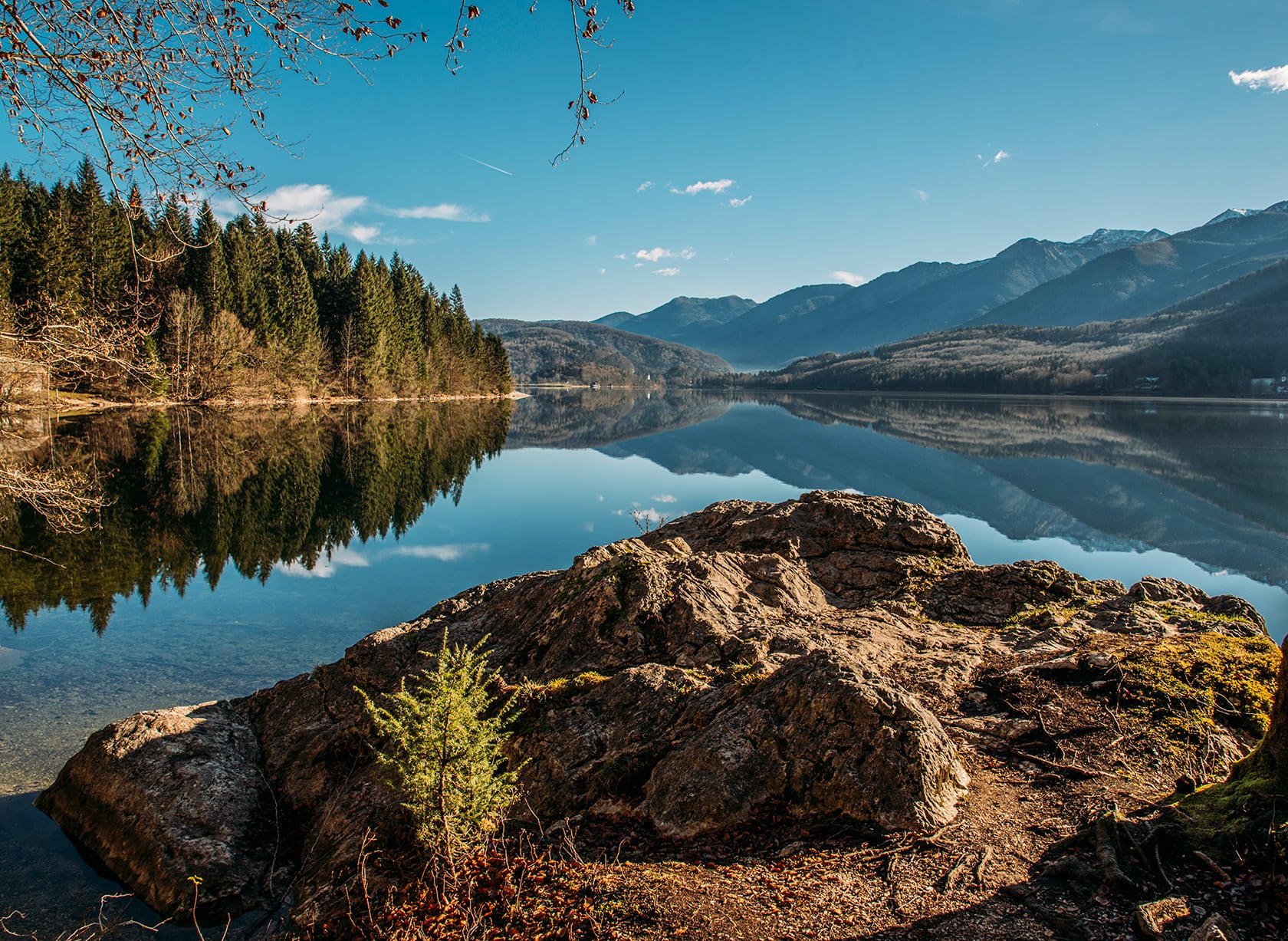They may be a mix of different orogenic expressions and terranes, for example thrust sheets, uplifted blocks, fold mountains, and volcanic landforms resulting in a variety of rock types.
A mountain range is a geographic area containing numerous geologically related mountains. A mountain system or system of mountain ranges, sometimes is used to combine several geological features that are geographically (regionally) related. On Earth, most significant mountain ranges are the result of plate tectonics, though mountain ranges are formed by a range of processes, are found on many planetary mass objects in the Solar System and are likely a feature of most terrestrial planets.
The mountain systems of the earth are characterized by a tree structure, that is, many mountain ranges have sub-ranges within them. It can be thought of as a parent-child relationship.
“I don’t believe you have to be better than everybody else. I believe you have to be better than you ever thought you could be.”— Ken Venturi
For example, the Appalachian Mountains range is the parent of other ranges it comprises, some of which are the White Mountains and the Blue Ridge Mountains. The White Mountains are a child of the Appalachians, and there are also children of the Whites, including the Sandwich Range and the Presidential Range. Further, the Presidential Range can be broken up into the Northern Presidential Range and Southern Presidential Range.
Rocky Mountains
The Rocky Mountains, commonly known as the Rockies, are a major mountain range in western North America. The Rocky Mountains stretch more than 3,000 miles (4,800 km) from the northernmost part of British Columbia, in western Canada, to New Mexico, in the southwestern United States. Within the North American Cordillera, the Rockies are somewhat distinct from the Pacific Coast Ranges and the Cascade Range and Sierra Nevada which all lie further to the west.

The Rocky Mountains were initially formed from 80 million to 55 million years ago during the Laramide orogeny, in which a number of plates began to slide underneath the North American plate. The angle of subduction was shallow, resulting in a broad belt of mountains running down western North America. Since then, further tectonic activity and erosion by glaciers have sculpted the Rockies into dramatic peaks and valleys. At the end of the last ice age, humans started to inhabit the mountain range.
Geology
- Human population is not very dense in the Rocky Mountains.
- Average of four people per square kilometer and few cities with over 50,000 people.
- The populations of several mountain towns and communities have doubled in the last 40 years.
- he mountains eroded throughout the late Paleozoic and early Mesozoic.
- Important habitat for a great deal of well-known wildlife.
The Rockies range in latitude between the Liard River in British Columbia (at 59° N) and the Rio Grande in New Mexico (at 35° N). Prairie occurs at or below 1,800 feet (550 m), while the highest peak in the range is Mount Elbert at 14,440 feet (4,400 m). Precipitation ranges from 10 inches (250 mm) per year in the southern valleys to 60 inches (1,500 mm) per year locally in the northern peaks Average January temperatures can range from 20 °F (−7 °C) in Prince George, British Columbia, to 43 °F (6 °C) in Trinidad, Colorado.
Ecology and Climate
The USGS defines ten forested zones in the Rocky Mountains. Zones in more southern, warmer, or drier areas are defined by the presence of pinyon pines/junipers, ponderosa pines, or oaks mixed with pines. In more northern, colder, or wetter areas, zones are defined by Douglas-firs, Cascadian species (such as western hemlock), lodgepole pines/quaking aspens, or firs mixed with spruce.
Near treeline, zones can consist of white pines (such as whitebark pine or bristlecone pine); or a mixture of white pine, fir, and spruce that appear as shrub-like krummholz. Finally, rivers and canyons can create a unique forest zone in more arid parts of the mountain range.
const server = http.createServer((req, res) => {
res.statusCode = 200;
res.setHeader('Content-Type', 'text/plain');
res.end('Hello World\n');
});
server.listen(port, hostname, () => {
console.log(`Server running at http://${hostname}:${port}/`);
});Economic resources of the Rocky Mountains are varied and abundant. Minerals found in the Rocky Mountains include significant deposits of copper, gold, lead, molybdenum, silver, tungsten, and zinc. The Wyoming Basin and several smaller areas contain significant reserves of coal, natural gas, oil shale, and petroleum.

